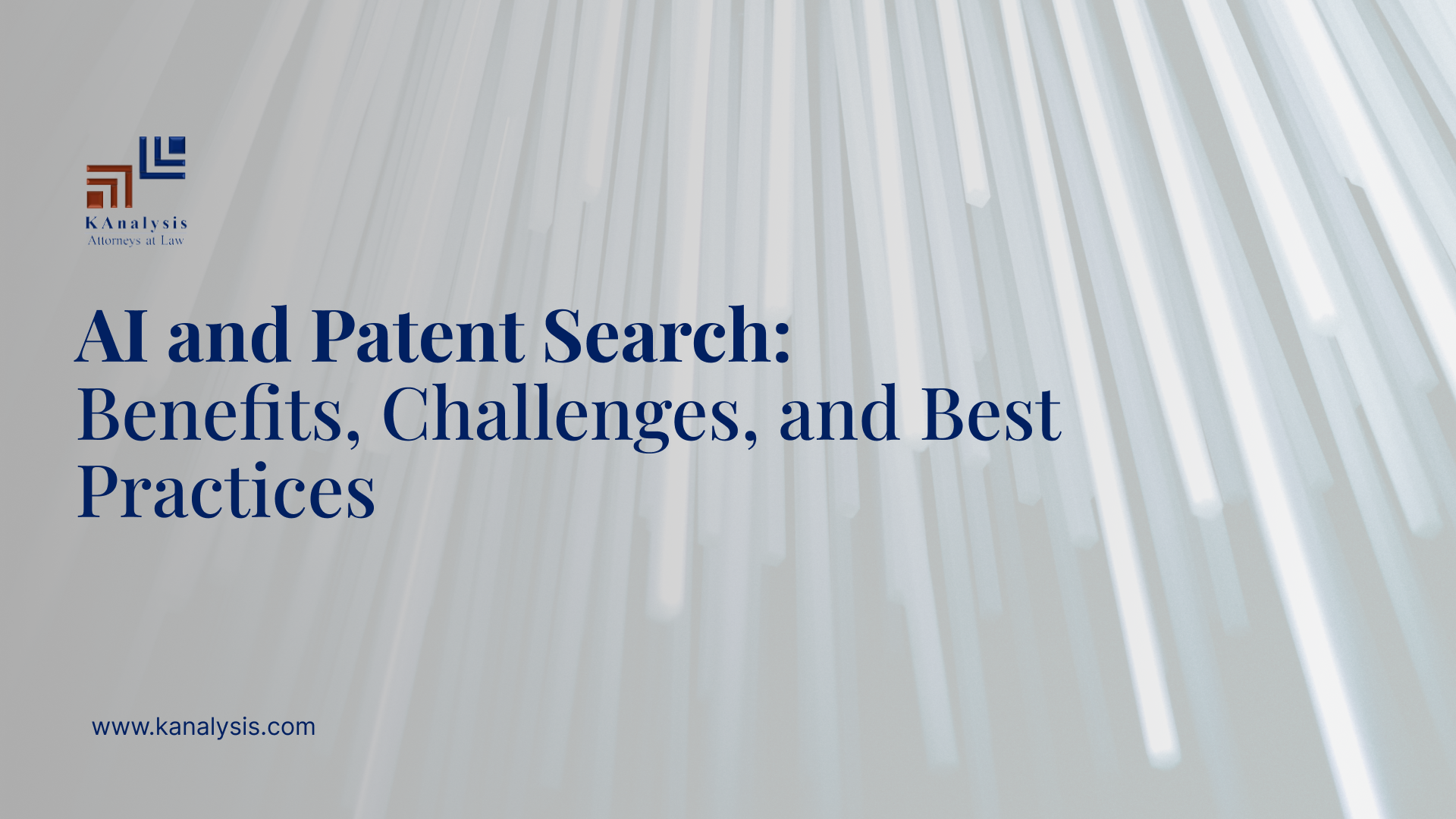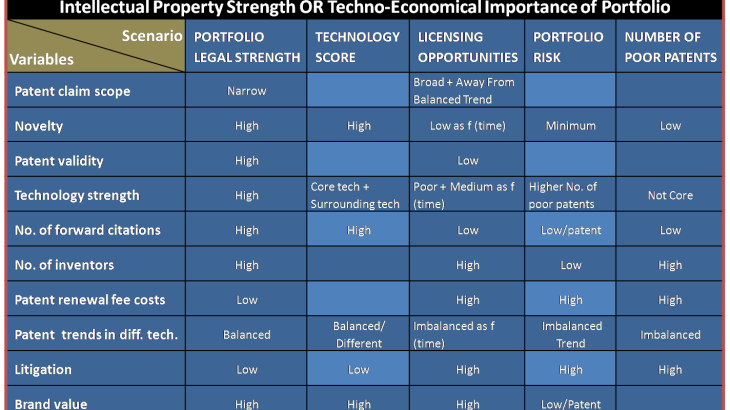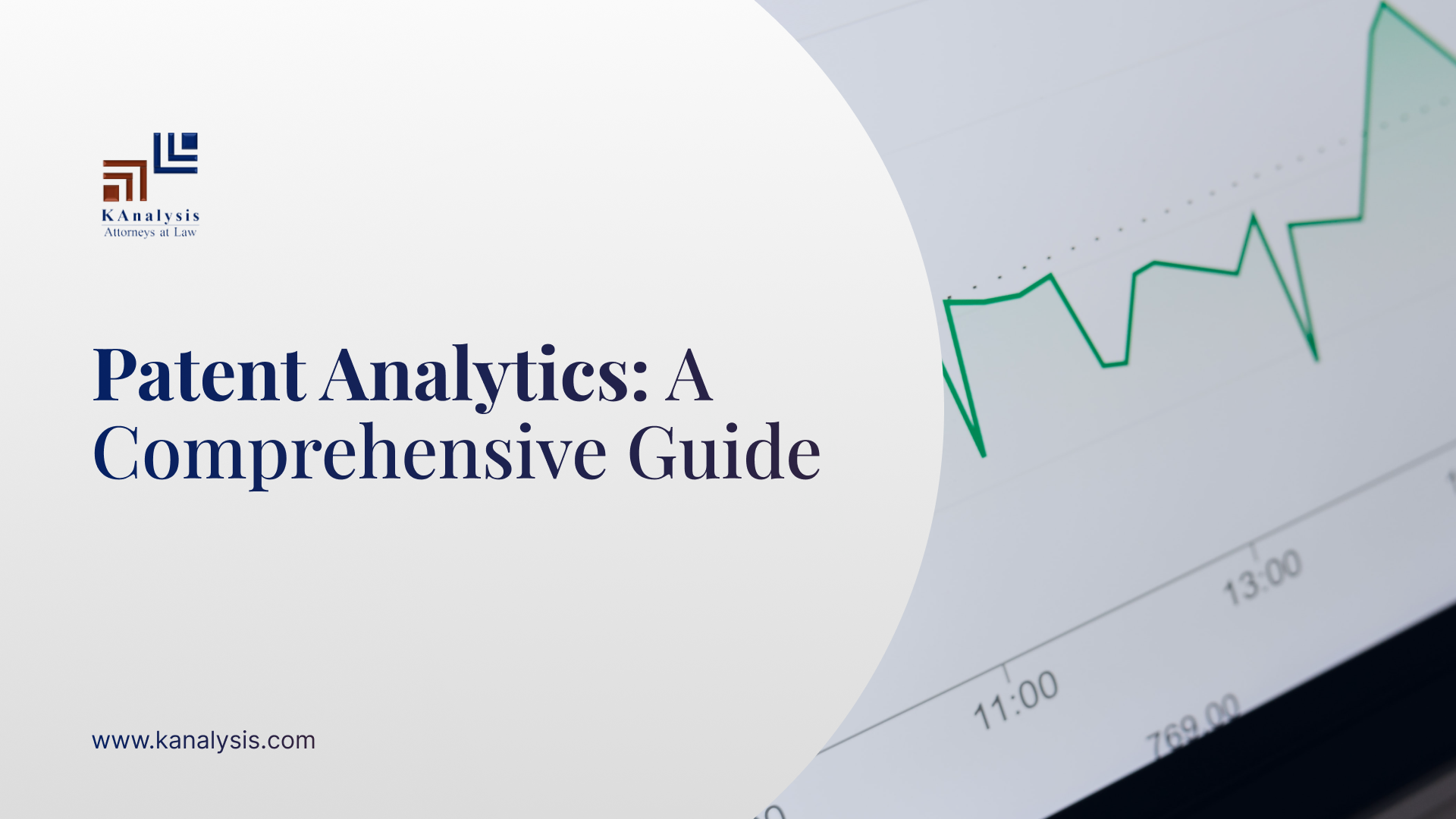Artificial intelligence (AI) is increasingly being used in a variety of industries, and AI also has the potential to revolutionize the way that patent search is conducted. In this blog, we’ll explore some of the ways that AI is being used in patent search, and discuss some of the potential benefits and challenges of using AI in this context.
How is AI being used in patent search?
There are several ways that AI is being used in patent search, including:
- Identifying relevant patents and published literature: One of the main challenges of patent search is sifting through the vast amount of available data to identify relevant patents and published literature. AI can be used to automate this process by analyzing large volumes of data and identifying patterns and trends that are relevant to the search. For example, AI can be used to identify relevant keywords, classify patents according to their subject matter, or detect similarities between different patents.
- Analyzing and interpreting search results: Once relevant patents and published literature have been identified, it is important to analyze and interpret the search results in order to make informed decisions about your intellectual property. AI can be used to automate this process by analyzing the search results and providing insights and recommendations based on the data. For example, AI can be used to identify trends and patterns within the search results, or to provide recommendations on how to strengthen your patent portfolio.
- Identifying trends and patterns within a particular field: In addition to analyzing and interpreting search results, AI can also be used to identify trends and patterns within a particular field. By analyzing large volumes of data and identifying common themes, AI can provide valuable insights into the state of the art in a particular field and help you to identify potential gaps or opportunities for innovation.
Benefits of using AI in patent search
There are several potential benefits of using AI in patent search, including:
- Increased efficiency: One of the main benefits of using AI in patent search is that it can significantly increase the efficiency of the search process. By automating certain tasks and analyzing large volumes of data, AI can save time and reduce the cost of conducting a patent search.
- Improved accuracy: Another benefit of using AI in patent search is that it can improve the accuracy of the search process. By analyzing data and identifying patterns and trends, AI can help to identify relevant patents and published literature that may have been missed by a manual search.
- Less Time: AI will reduce the time taken for an analyst to conduct a search. AI will suggest the similar patents after analysing the type of patents identified in the search. This will reduce the time taken to filter the noise or searching a needle in a Haystack.
- Enhanced insights: In addition to improving efficiency and accuracy, using AI in patent search can also provide enhanced insights into the state of the art in a particular field. By analyzing large volumes of data and identifying trends and patterns, AI can provide valuable insights into the direction that a particular field is moving in, and can help you to identify potential gaps or opportunities for innovation.
- Increased transparency: Using AI in patent search can also increase the transparency of the search process. By automating certain tasks and providing clear and transparent insights into the search results, AI can help to ensure that the search process is fair and unbiased.
Challenges of using AI in patent search
While there are several potential benefits of using AI in patent search, there are also a number of challenges to consider:
- Bias: One of the main challenges of using AI in patent search is the risk of bias. If the data used to train the AI system is biased, the results of the search may also be biased. It is important to ensure that the data used to train the AI system is representative and unbiased in order to avoid this issue.
- Complexity: Another challenge of using AI in patent search is the complexity of the technology. AI systems can be difficult to understand and interpret, which can make it difficult for users to understand the results of the search or to identify any potential issues with the search.
- Regulation: There are also regulatory challenges to consider when using AI in patent search. In some countries, there are strict rules governing the use of AI in the patent process, and it is important to ensure that these rules are followed in order to avoid any legal issues.
Conclusion
AI has the potential to revolutionize the way that patent search is conducted, and can provide a number of benefits including increased efficiency, improved accuracy, enhanced insights, and increased transparency. However, there are also a number of challenges to consider when using AI in patent search, including the risk of bias, the complexity of the technology, and regulatory issues. By carefully considering these issues, start-ups can use AI to conduct a more effective and efficient patent search, and can gain valuable insights into the state of the art in their field.
Subscribe to our monthly newsletter here and read all our blogs here




